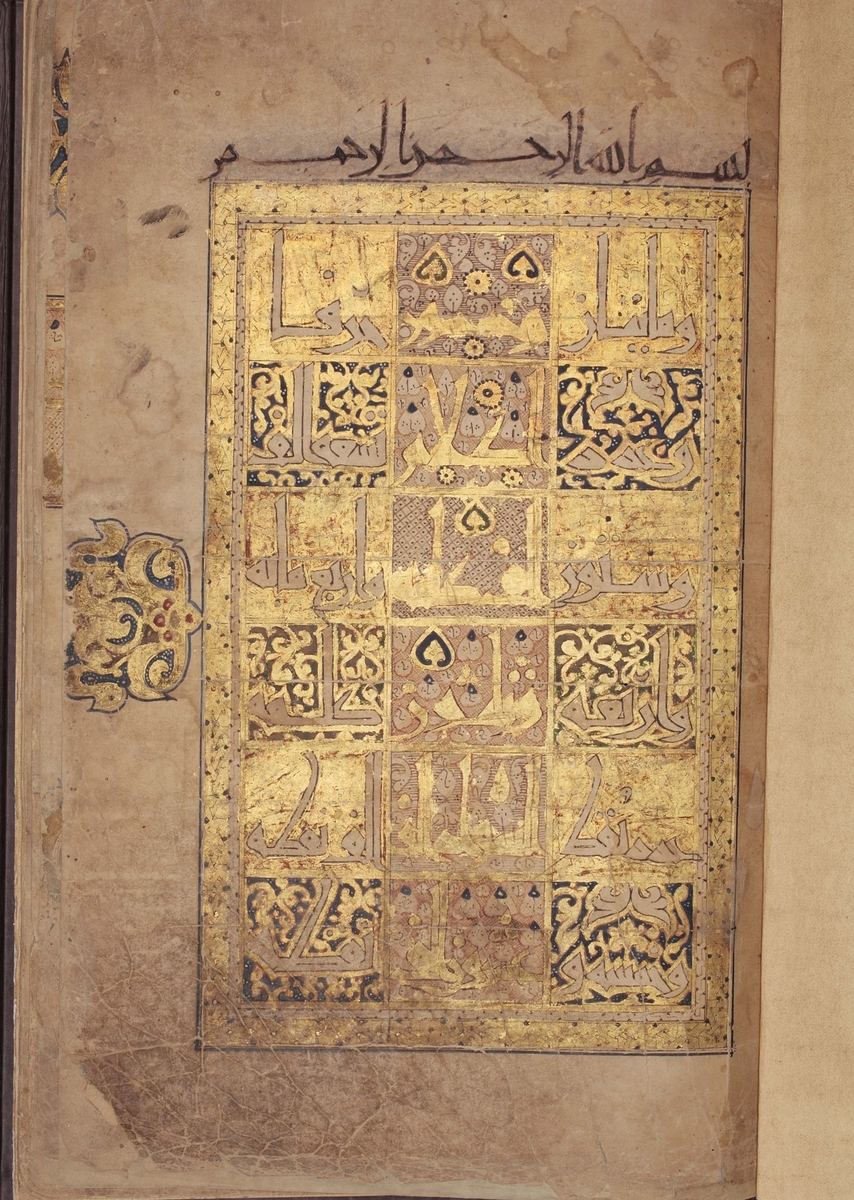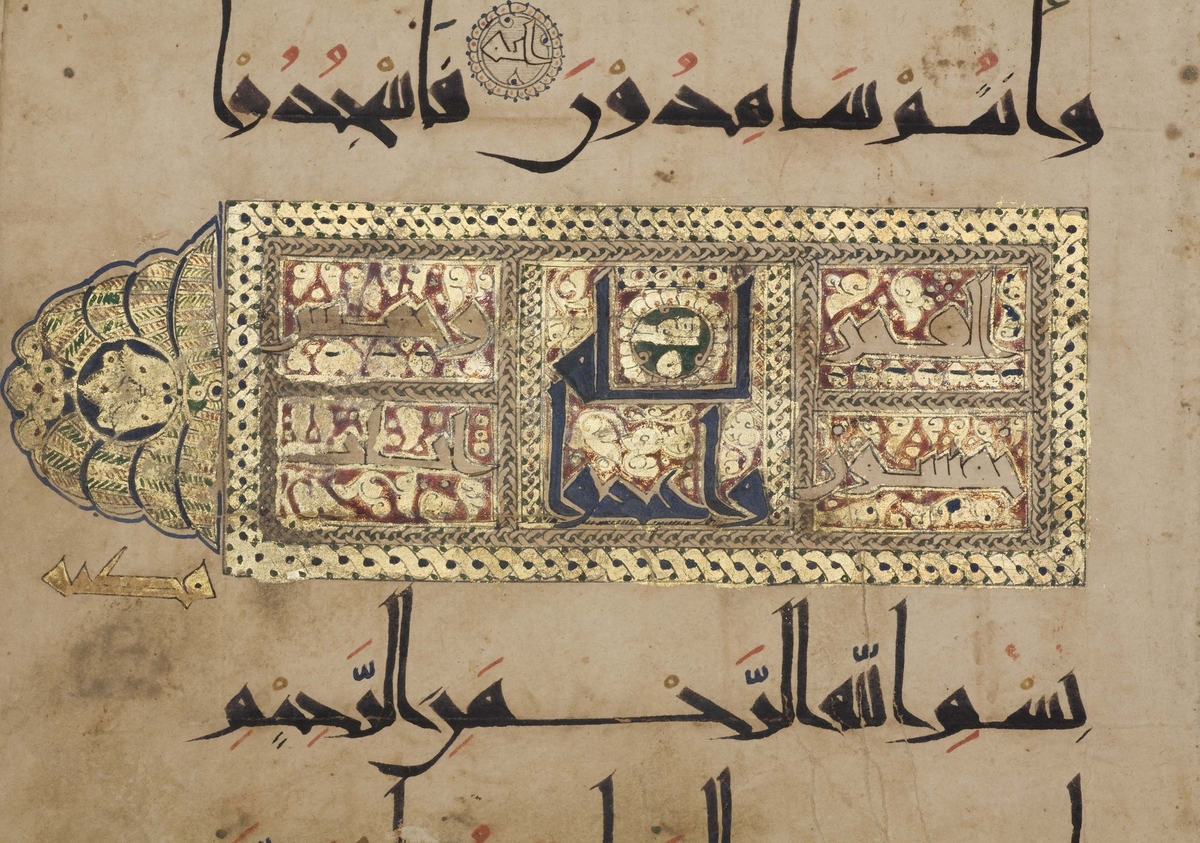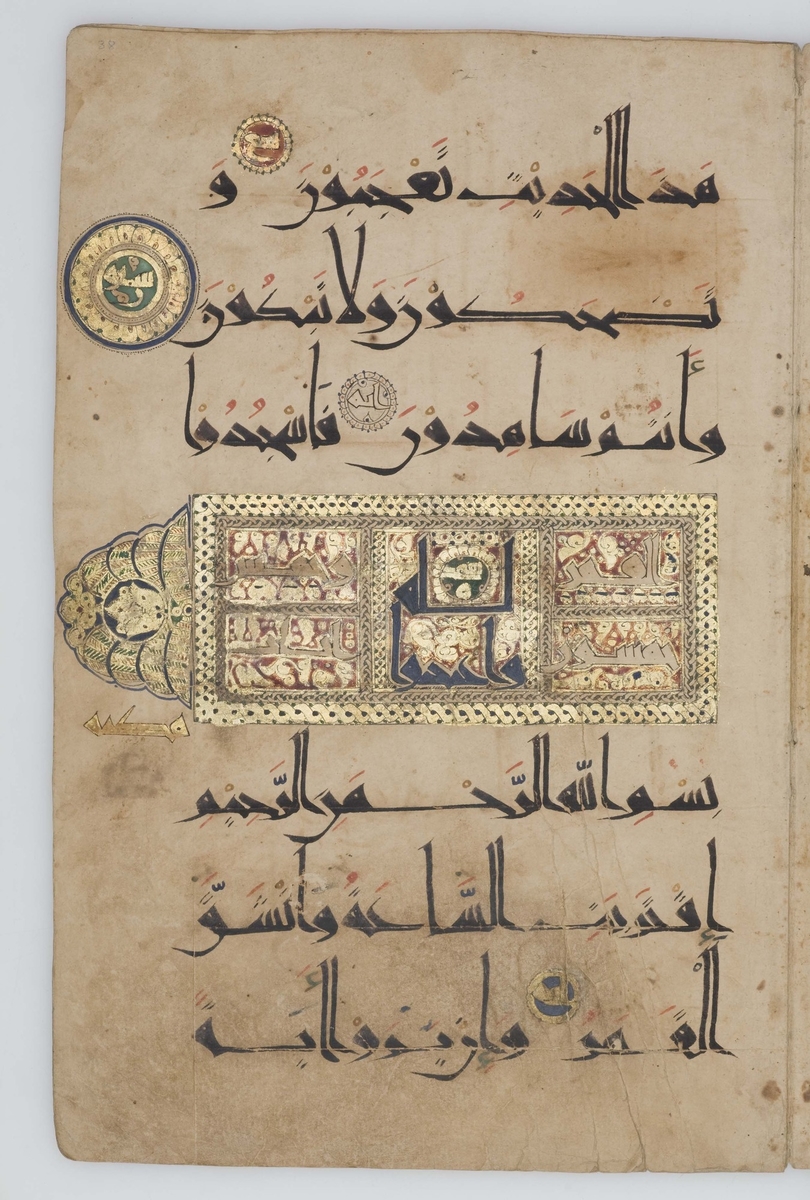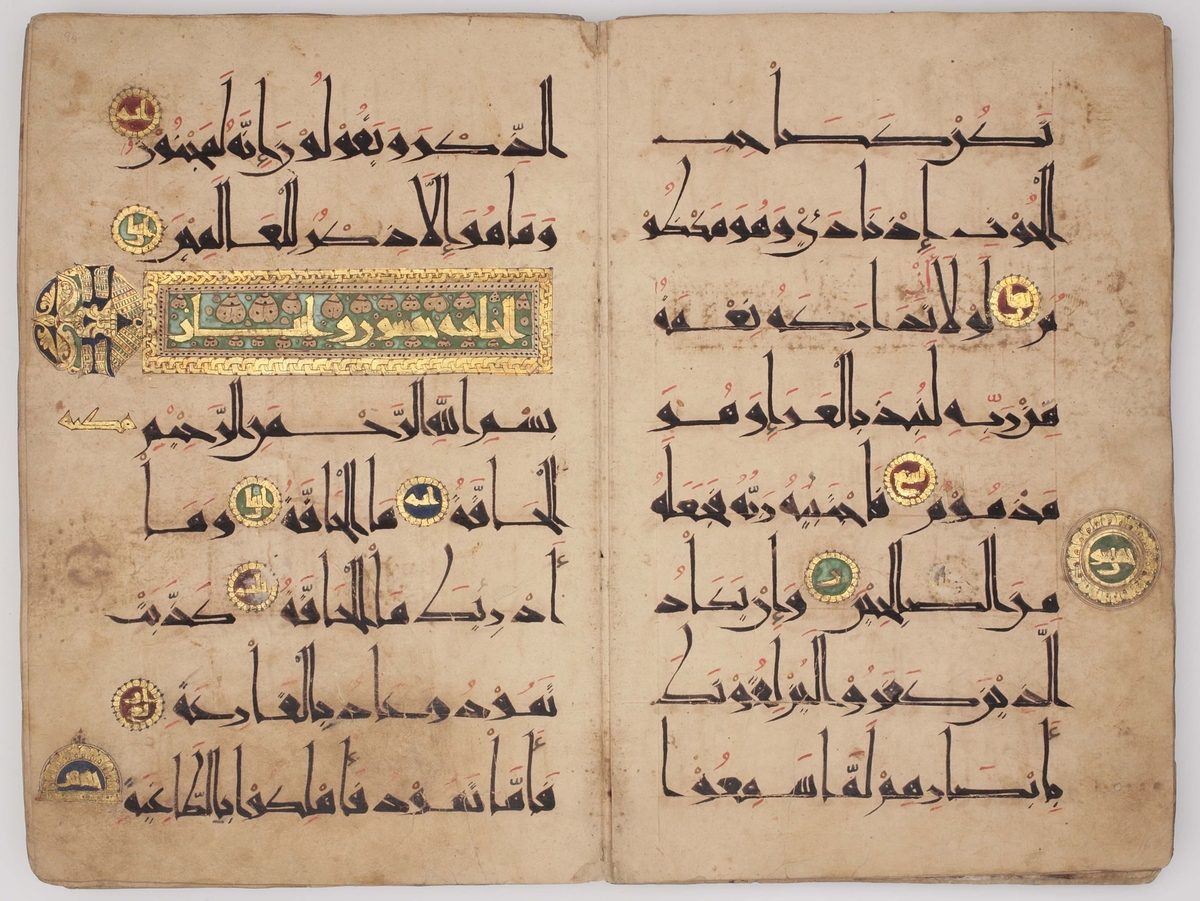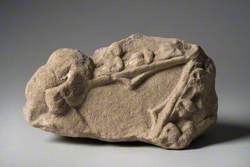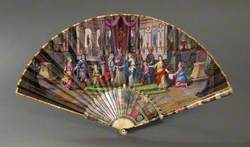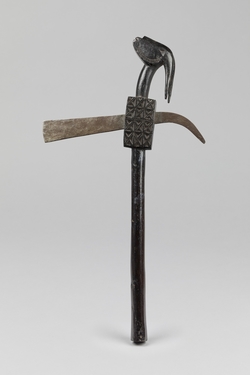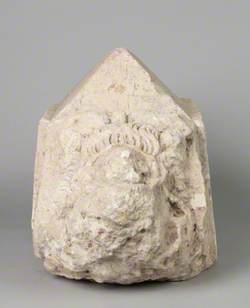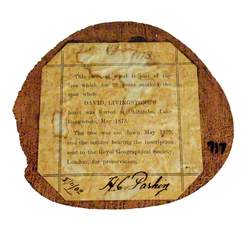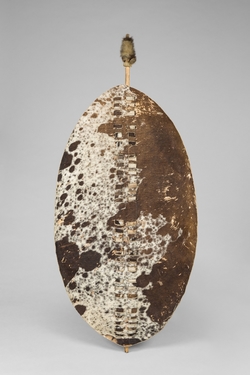How you can use this image
This image can be used for non-commercial research or private study purposes, and other UK exceptions to copyright permitted to users based in the United Kingdom under the Copyright, Designs and Patents Act 1988, as amended and revised. Any other type of use will need to be cleared with the rights holder(s).
Review the copyright credit lines that are located underneath the image, as these indicate who manages the copyright (©) within the artwork, and the photographic rights within the image.
The collection that owns the artwork may have more information on their own website about permitted uses and image licensing options.
Review our guidance pages which explain how you can reuse images, how to credit an image and how to find images in the public domain or with a Creative Commons licence available.
Notes
Add or edit a note on this artwork that only you can see. You can find notes again by going to the ‘Notes’ section of your account.
These folios once belonged to the first, sixth and seventh parts of a seven-part Qur'an that was clearly an impressive, richly illuminated manuscript. The available evidence suggests that each part had a double-page frontispiece and finispiece. The surviving half of the frontispiece (folio 1a) is part of a statistical table of the components of the Qur'an: words, letters, diacritical points and so on. The first pages of the text (folios 1b–2a) with surah al-Fatihah (I) and the beginning of surah al-Baqarah (II), written so that the last word of al-Fatihah appears on the following page, have the titles in plainer Kufic in illuminated rectangular panels with hasps. Other rectangular panels and cartouches contain information on the two surahs and their place in the Qur'an.
Title
Fragments of a Seven-Part Qur'an
Date
11th C
Medium
ink, gold & opaque watercolour on thick paper
Accession number
567
Work type
Drawing
